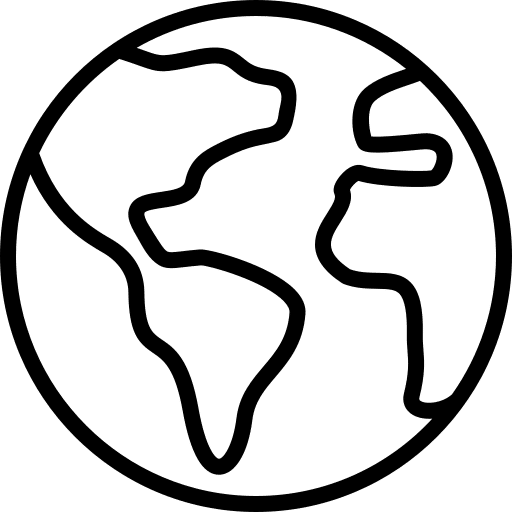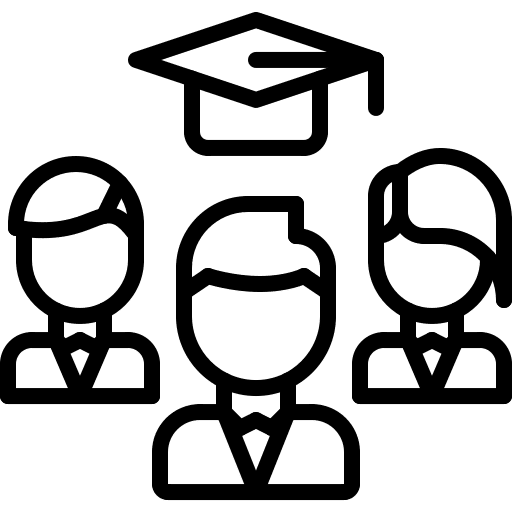IMPOSSIBLE IS AN OPINION. CHILDREN KNOW THIS.
We focus on stopping this deep systemic crisis in which brilliant minds are turned silent because they (still) dare to think differently and creatively.
Most —if not all— challenges on a personal and societal level can be resolved by entrepreneurship. The will to take action, to come up with an idea and the commitment to convert the idea into a working solution. Skills are one thing; the right mindset is everything.
Whatever the challenge, charity helps, but it’s the entrepreneurial spirit that can solve it.
The Challenge We Are Addressing
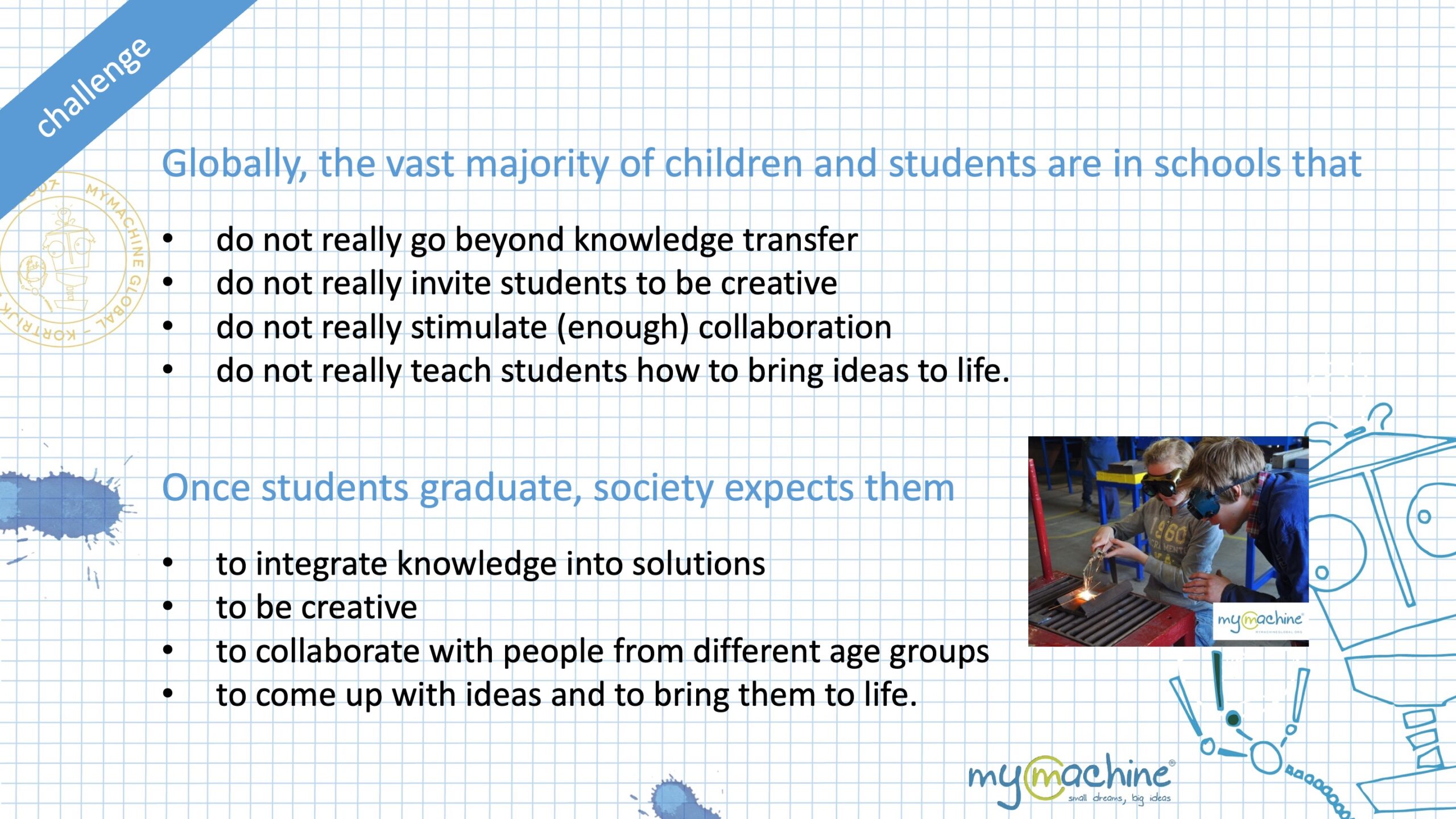
At the heart of solution-oriented thinking is creative self-confidence.
When students see that what’s happening in the classroom can impact the real world, they see their futures in a whole new light. They learn how they can contribute to society, rather than be a consumer of it. Education done right impacts communities by enabling young people to drive their own future, to become the self-motivated, problem-solving, self-employed or creative team workers that companies, organisations and the world are looking for.
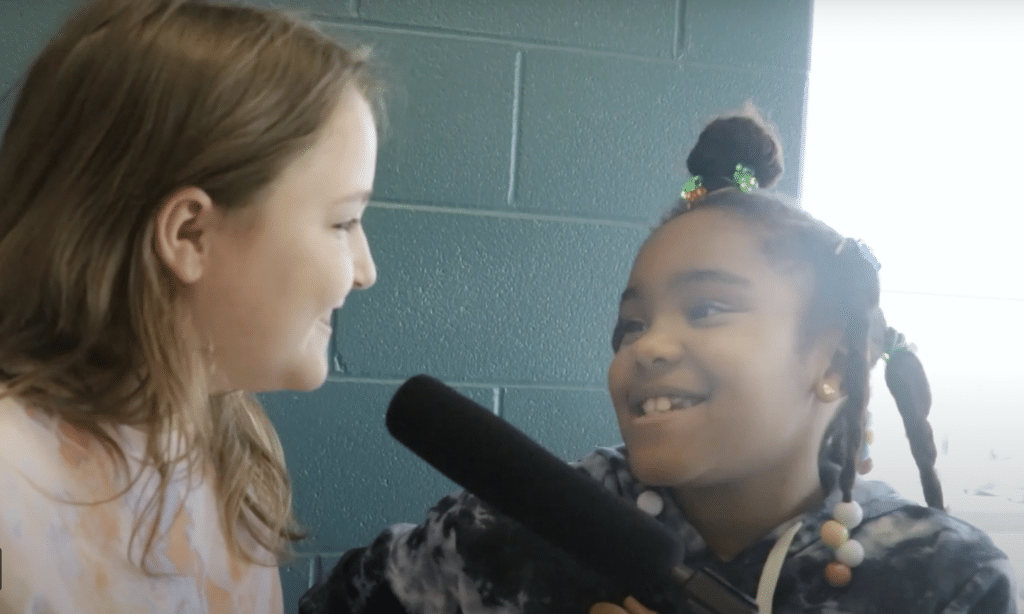
The challenge is that many people, when they graduate, infected by the outdated 200 years old context of the education system, have lost the ability to understand how they can be creative, problem-solving team players and how to take on an idea and bring it to life.
That’s because we still run systems where mistakes are the worst thing you can do. But for you to be creative, you need to be willing to be wrong and to make mistakes. We all know the scene: express an idea for a new or improved product or service, and most people will instantly share a list of arguments why it won’t work. And that needs to change.
The world seems divided into “creatives” and “non-creatives,” and too many people consciously or unconsciously resign themselves to the latter category. That is pernicious. The reality is that most people are born creative. As children, we revel in imaginary play, ask outlandish questions, draw blobs and call them cars or cats or people. But over time, because of socialisation and formal education, many of us start to stifle those impulses. We learn to be warier of judgment, more cautious, and more analytical. Tom and David Kelley identified the fear of losing control, the fear of the first step, the fear of being judged and the fear of the messy unknown, to be the key drivers for the confidence-bashing path.
Students must learn that having ideas is important. That you shouldn’t be afraid to express your ideas -even if they sound a bit weird or challenging in the beginning. To learn what it takes to bring an idea to life; and that you can do it by respecting each other’s talents, co-creating, collaborating and being persistent and resilient.
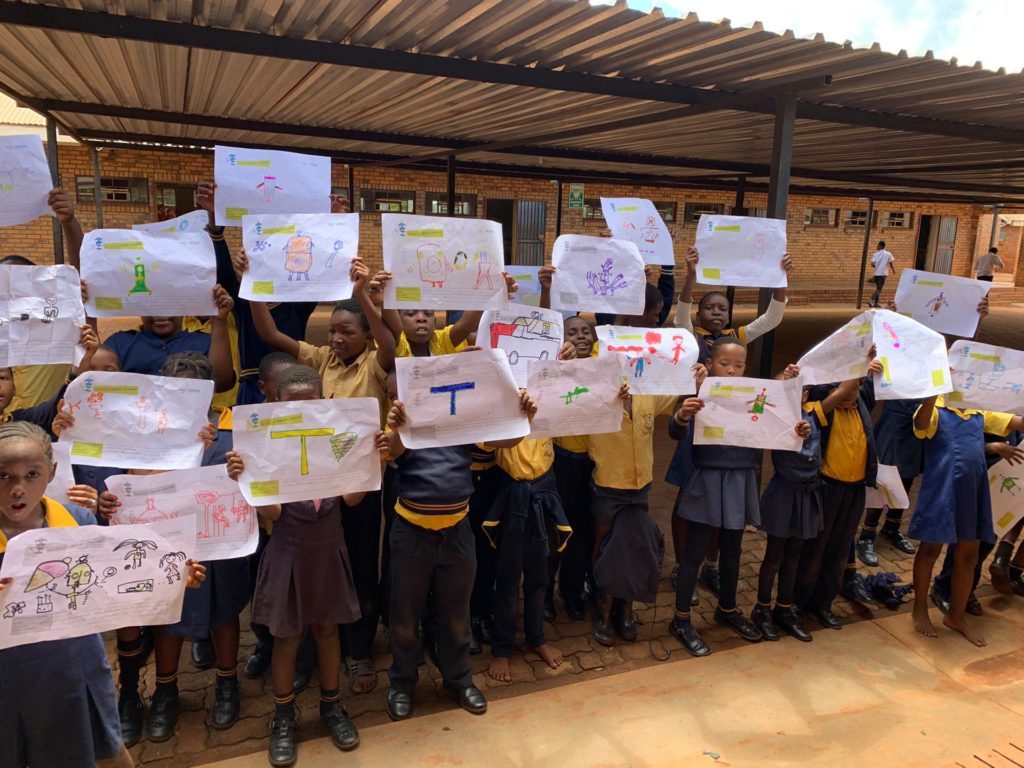
Education done right brings these young people a growth mindset, allowing them to dream and think bigger and become better in who they are. Because the best version of yourself is the best tool you have to be a contributing team player to the human race. And we need a lot of strong team players since we face exigent concerns. Individual efforts can’t win the global challenges we face. From climate change to inequality, from global peace to poverty, these are all areas that require collective, long-term responses.
Wherever life takes them, dance, engineering, plumbing, IT, fashion, law, filmmaking, management, community building, or space technology, one of the most instrumental skills to bring you happiness and to make you thrive, is learning that you can bring any idea to life.
No matter the scope of your vision, whether personal, local, or global, making it happen starts with the creative confidence that your ideas matter and that your ideas can make a difference. That is how we enable young people to drive their own future and help them to become self-motivated, thriving, creative problem solvers, artists, innovators, entrepreneurs or creators, and especially strong, caring persons.
That is how we will see many more of us doing a lot more to shape this better future we all need to design together.
Helping children and students develop their own ideas and solutions.
How to prepare students for their futures?
How can they nurture their ideas and solutions?
what are the skills they really need?
In our globally and digitally interconnected world, all learners, from cradle to career, need new skills and knowledge to succeed. If we want to prepare our children for success in school, work and life, opportunities to learn 21st-century skills are essential.
These 21st-century skills are more important to students now than ever before. They not only provide a framework for successful learning in the classroom but ensure students can thrive in a world where change is constant and learning never stops.
Changes in the labour market have heightened the need for all individuals, and not just a few, to have these skills. In countries worldwide, economies run on creativity, innovation and collaboration. Skilled jobs are increasingly centred on solving unstructured problems and effectively analysing information.
Many research efforts worldwide asked business leaders and career professionals to identify what they believe are the most critical skills for employees today. This is what they replied: 21st Century Skills. The best employers typically hire for character and authentic experience rather than just academic skills. Look at e.g. the job descriptions of a company like Apple that always mention not just ‘BA’ or ‘MA”, but also “or equivalent experience” as a solution for the academic inflation we see happening worldwide.
21st Century Skills can be described in 3 groups:

Foundational literacies: represent how students apply core skills to everyday tasks. These skills serve as the base for students to build more advanced and equally important competencies and character qualities. Historically, understanding written texts and quantitative relationships were sufficient for entry into the workforce. Now, these skills represent just the starting point on the path towards mastering 21st-century skills.

Competencies: describe how students approach complex challenges. For example, critical thinking is the ability to identify, analyse and evaluate situations, ideas and information in order to formulate responses to problems. Creativity is the ability to imagine and devise innovative new ways of addressing problems, answering questions or expressing meaning through the application, synthesis or repurposing of knowledge. Communication and collaboration involve working in coordination with others to convey information or tackle problems.

Character qualities: describe how students approach their changing environment. Amid rapidly changing markets, character qualities such as persistence and adaptability ensure greater resilience and success in facing obstacles. Curiosity and initiative serve as starting points for discovering new concepts and ideas. Leadership and social and cultural awareness involve constructive interactions with others in socially, ethically and culturally appropriate ways.
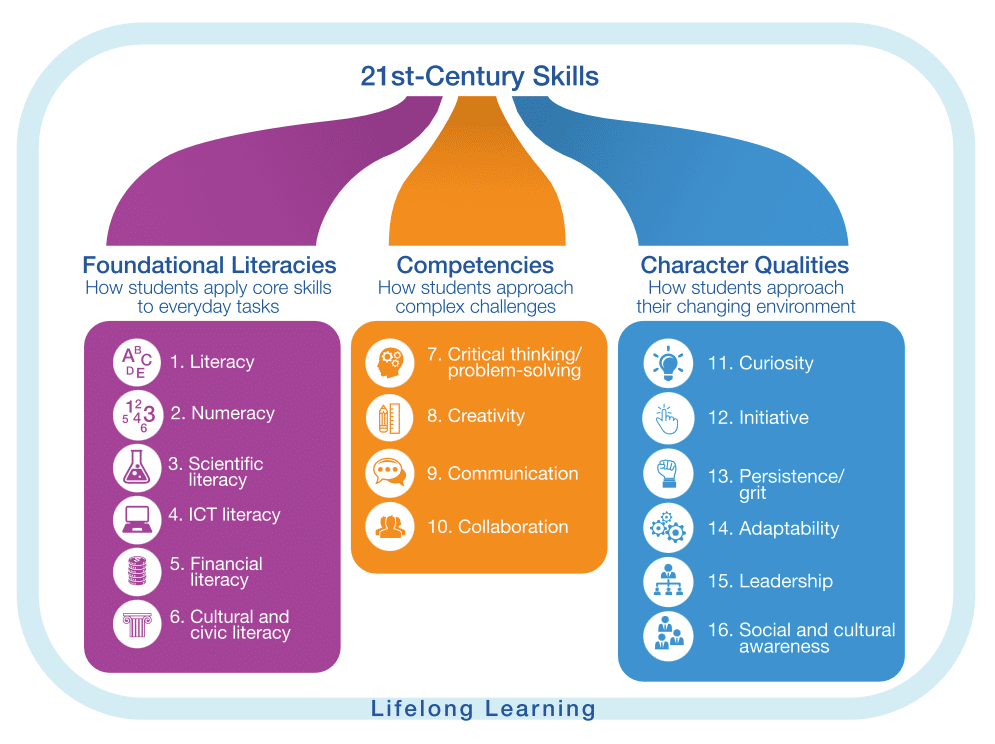
Building self-esteem and creative confidence are key to shatter this deep systemic crisis.
That is how they will be able to develop their ideas and solutions.
Such an entrepreneurial spirit is by far the most effective way
to face challenges and opportunities, both on a personal level as for humanity as a whole.
How Can We Help Educators In This EPIC ENdeavour?
How Can Educators NAvigate All These challenges From WIthin ThE RIgid Education System?
Where Does the current Education system COME from?
We learned from the legacy of Sir Ken Robinson, that the education system was built to support, and in the image of, the first industrial revolution.
Unfortunately, the system hasn’t changed much in those 200 years, but our society has immensely. The result is that there are multiple issues in the education system as a consequence of this gap: from how schooling is organised, what subjects we teach, to standardised testing, and all of that, running on a limited view of what human intelligence is.
The Transformative power of project-based learning
Changing an education system is not easy. There is no simple, quick fix. On the contrary, the solution consists of multiple avenues of change, all at the same time. To change the status quo we need leadership, both top-down and bottom-up. Yet one thing is sure: teachers are at the centre of this education revolution we need. And we are here to support them!
One of our major observations over the years is that although there are more and more totally new schools (primary, secondary and university level) being created from scratch —doing education in a different, creative, brilliant way—, the reality is that most of the 3 billion children on our planet are still stuck in rigid, outdated education systems.
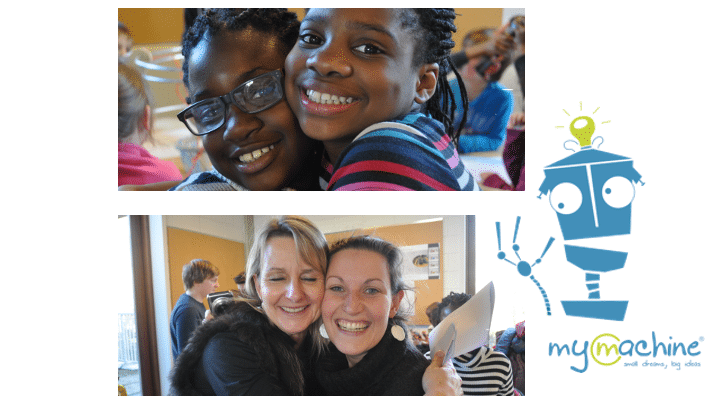
That is why we strongly believe in the transformative power of Project-Based Learning (PBL). Students in Project-Based Learning classrooms significantly outperform students in typical classrooms (scoring up to 28 percentage points higher) according to four studies released by Lucas Education Research, a division of the George Lucas Educational Foundation, and researchers from five major universities. It is also proven that Schools with PBL classes have fewer problems with bullying and violence while outperforming in academic results.
Project-Based Learning is a powerful tool that educators (bottom-up) can use to better the system. It only requires a little effort to make it happen inside an existing education system. And top-down, from school principles to the secretary/minister of education, decision-makers can adopt PBL in the system’s curricula, leaving the freedom to teachers to decide which project they will incorporate into their PBL lessons.
Finland is leading this revolution in the global education space. The country is known for having some of the world’s best education systems. Its success is based on many parameters (like school starts at the age of 7, no standardised testing, and at least 90 minutes of outdoor play a day), yet central to it are two key elements:
> (one) Finland’s high level of education and expertise is based on high-quality teacher education. Teachers in Finland are highly educated and respected professionals. Teaching is a popular profession, and universities can select the most motivated and talented applicants. The profession has high status, and teachers are autonomous in their work, as the system is based on trust rather than control.

> (two) In 2016 PBL became compulsory for every Finnish school: to teach in a more collaborative way; to allow students to choose a topic relevant to them and base subjects around it; making innovative use of technology and sources outside the school, such as experts and museums. “Traditionally, learning has been defined as a list of subject matters and facts you need to acquire – such as arithmetic and grammar – with some decoration, like citizenship, built around it,” says Kirsti Lonka, professor of educational psychology at Helsinki University. “But when it comes to real life, our brain is not sliced into disciplines in that way; we are thinking in a very holistic way. And when you think about the problems in the world – global crises, migration, the economy, the post-truth era – we really haven’t given our children the tools to deal with this inter-cultural world. I think it is a major mistake if we lead children to believe the world is simple and that if they learn certain facts they are ready to go. So learning to think, learning to understand, these are important skills – and it also makes learning fun, which we think promotes wellbeing.”
As Finland is leading the revolution in the global education space, we are proud to amplify that Finnish-based HundrED — a global mission-driven organisation specialised in identifying, amplifying, and facilitating the implementation of impactful and scalable education innovations — has been awarding our approach multiple times.
The HundrED Academy (of over 150 global experts) even inducted MyMachine into their Hall of Fame.
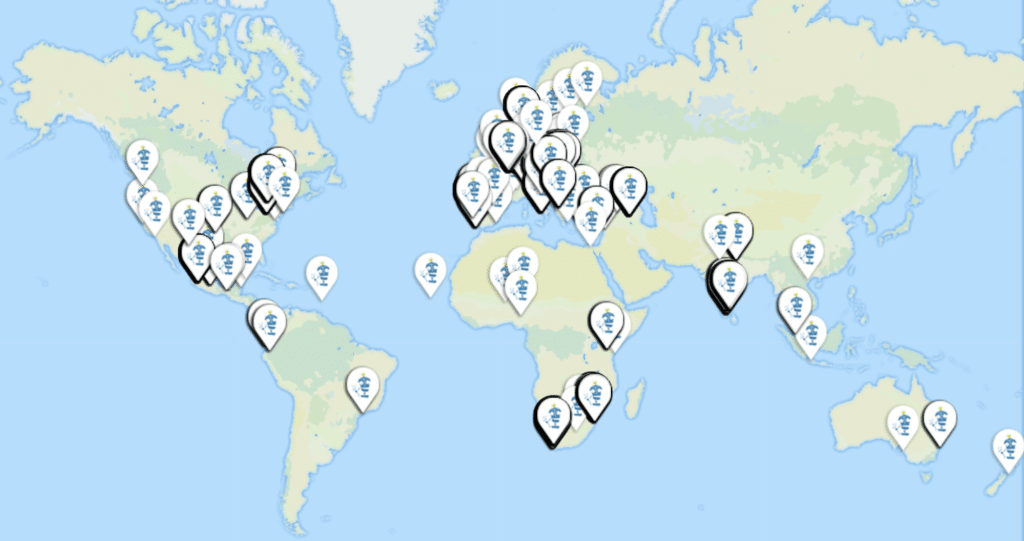
It’s important to understand that this is a global movement. From Finland to Portugal to Mexico to South Africa to Qatar—and nearly everywhere else—some variation on the PBL theme is underway, as educators in every country seek to respond to increased student agency and overt signs of student dissatisfaction.
This provides educators with a window of opportunity to share best practices around PBL and contribute to a worldwide, collaborative conversation on personalised learning, inquiry, and the way educators ‘hold’ students in their mind’s eye. PBL doesn’t solve all issues around schooling, but the networked power of many educators will eventually yield the right system to support 21st-century learning.
A GLOBAL CHALLENGE REQUIRES A GLOBAL ACTION
A world of expanding deployable imagination is a more prosperous, peaceful, and sustainable world where more children have the opportunity to fulfil their dreams. Because MyMachine is adaptable to any situation, to any context, it has the potential to impact millions of people.
That is why our strategy focuses on growing the model to all continents with our locally rooted and globally informed network. Our Network Partners are independent, locally led and governed organizations that share a common core purpose, approach, and commitment to the network’s core values when working together across borders.



